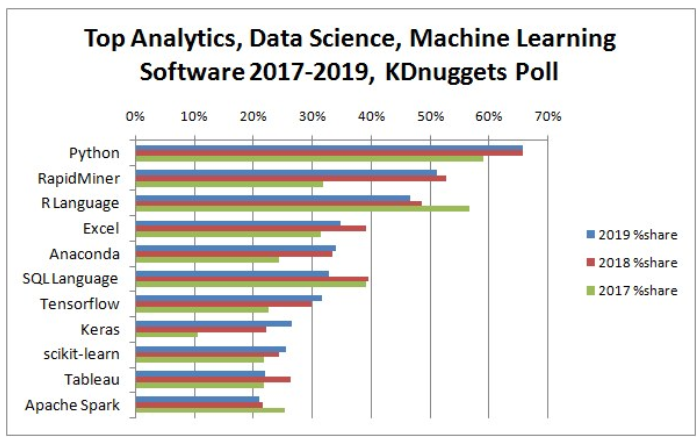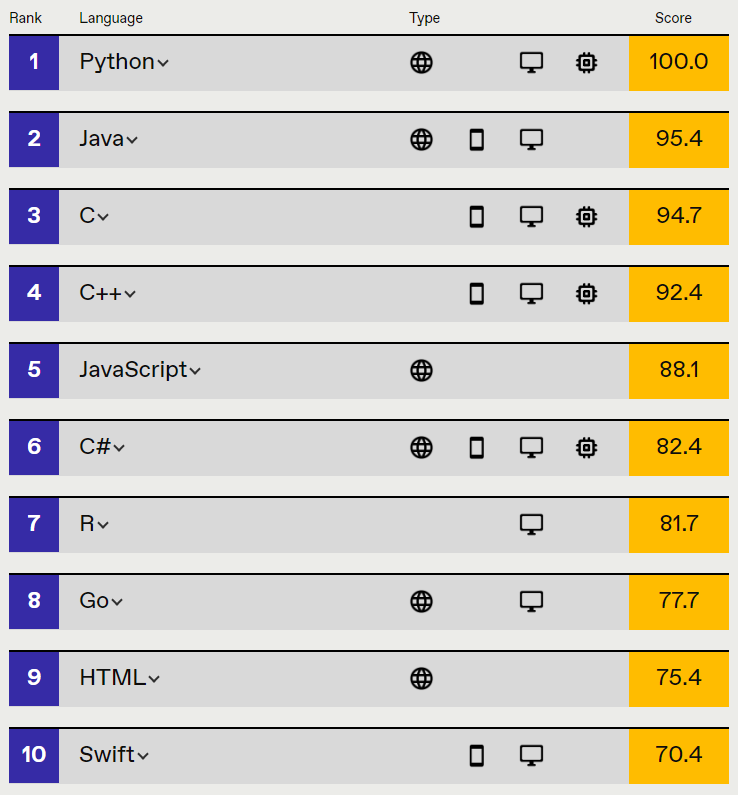Easy way to get basic data analysis skills using a real-world project using Jupyter notebook, Numpy, SciPy, Pandas, Matplotlib, Statmodels, Scikit-learn, and many more
Here I introduce you one of my course Master Python Data Analysis and Modelling Essentials. If you are interested in learning data analysis and modelling with python from the very beginning, but you are not sure where to start. Then this course introduction is good for you.
1. Why Data Analysis with Python
We are living in a data explosive world where data is ubiquitous, and thus it is essential to build data analysis and modelling skills. But why we choose Python? There are many reasons that you can find online. Here I just stress this question from programming languages ranking point of view.
Based on TIOBE Index, Python has overpassed Java and C and become the most popular programming language of today since October 2021.

Python leads the top Data Science and Machine Learning platforms based on KDnuggets poll.

In the top programming languages ranking of IEEE Spectrum in 2021, Python takes the first place.

2. What this Course is about
This course uses a real world project and dataset and well known Python libraries to show you how to explore data, find the problems and fix them, and how to develop classic statistical regression models and machine learning regression step by step in an easily understand way. This course is especially suitable for beginner and intermediate levels, but many of the methods are also very helpful for the advanced learners.
- Data analysis and modelling process
- Setting up Python data analysis and modelling environment
- Data exploration
- Rename the data columns
- Data slicing, sorting, filtering, and grouping data
- Missing value detection and imputation
- Outlier detection and treatment
- Correlation Analysis and feature selection
- Splitting data set for model fitting and testing
- Data normalization with different methods
- Developing a classic statistical linear regression model
- Developing a machine linear regression model
- Interpreting the model results
- Improving the models
- Evaluating the models
- Visualizing the model results
3. Who this Course is for
- Business analysts
- Data analytics professionals
- Statisticians
- Engineers and scientists for data analysis, modelling and machine learning
- Anyone who wants to learn data analysis and modelling with Python for his/her projects
4. More Information:
If you are interested in this course, just visit its page.


